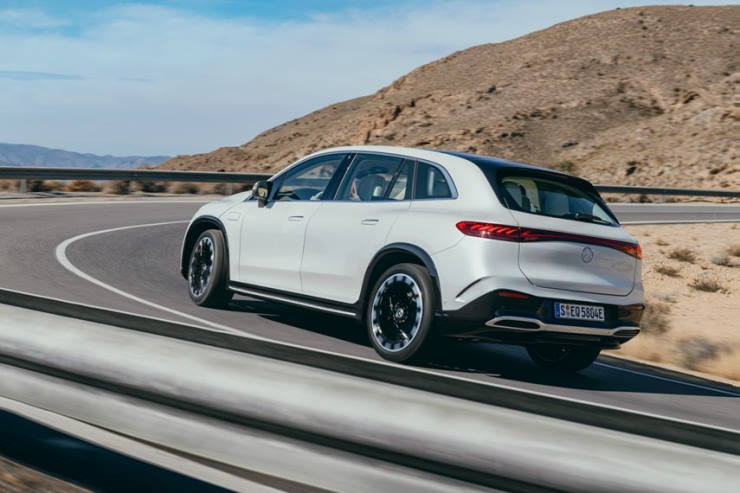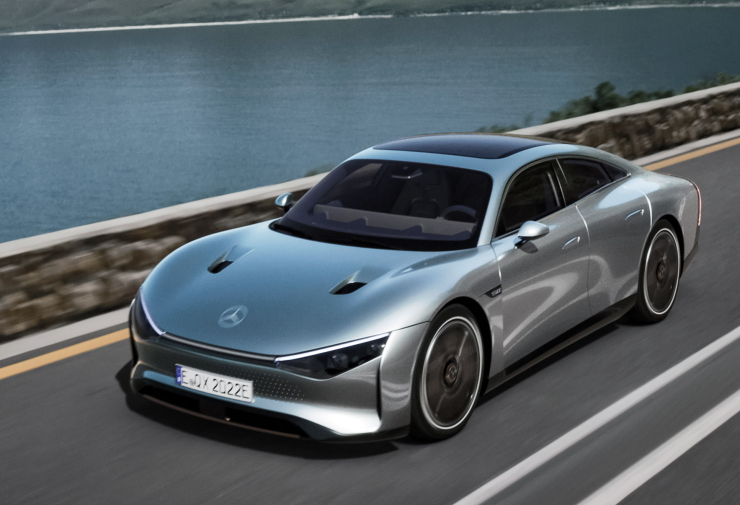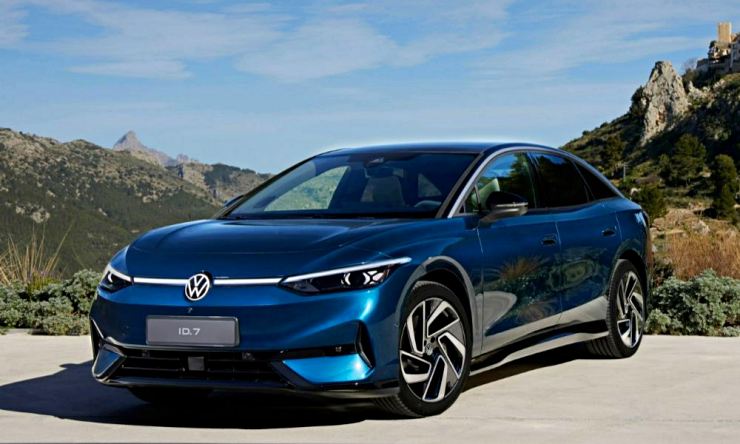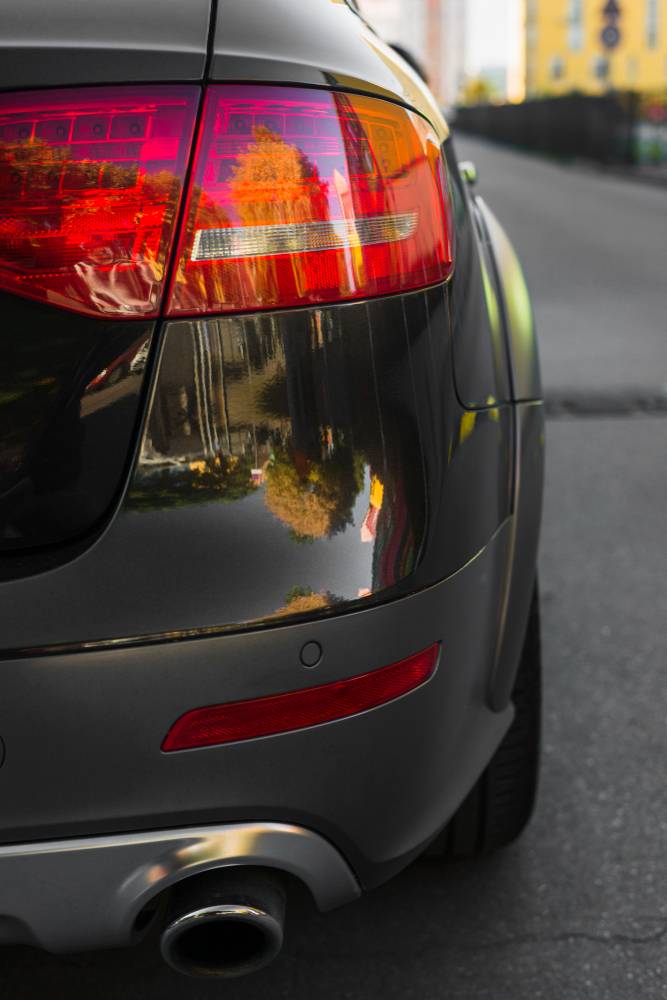The German luxury carmaker Mercedes-Benz has announced something extremely important. It has stated that there will be no redirecting of its research and development funds from electric vehicles (EVs) to internal combustion engine (ICE) technology. This particular move has garnered a lot of attention as this is a sign of a shift from the future of electric mobility. It also comes at a time when global EV sales are on a decline. There is also increasing skepticism from both customers and shareholders about the future of electric mobility.

Mercedes-Benz’s huge announcement
As we all are aware, just a few years ago, the leading luxury carmaker Mercedes-Benz was the one that was pushing towards electrification. The company even predicted that plug-in hybrids and electric vehicles would account for half of its yearly sales by 2025. It even declared its ambition to transition to all-electric vehicles in certain markets by 2030.
However, the reality of today’s market has forced Mercedes-Benz to reevaluate these goals. Recently Mercedes-Benz CEO Ola Källenius, in an interview with the German magazine Wirtschaftswoche, acknowledged that the company’s electrification targets were overly ambitious.

He stated that ICE technology “will last well into the 2030s”. Källenius also highlighted the necessity of substantial investments for the development of ICE engines to comply with increasingly stringent emissions regulations. This year alone, Mercedes-Benz is investing nearly $15 billion in its passenger car sector.
Now following this news, a significant portion will now be allocated to high-tech combustion technology, electrification, and digitization. Despite not disclosing the exact amount being spent on ICE development, Källenius admitted that it is “more money than previously planned.”
Reasons for Mercedes-Benz to make this shift
Mercedes-Benz has mentioned several reasons for their plan to divert EV funds to ICE engine development. It highlighted that one of the major factors is the rising concerns over the capital costs associated with EVs. What has raised even more concern is the decline in used EV prices.
Additionally, uncertainty surrounding elections, particularly in the U.S., has created a lack of clarity about future government policies that could impact the EV market. The company also added that a shortage of quick-charging infrastructure has become a huge problem as the number of EVs on the market has increased substantially.

These same issues have also led to second thoughts among consumers about purchasing EVs. Hence there is a need for automakers to redirect R&D funds back towards ICE production. Källenius also noted that significant investments are being made to update the Mercedes S-Class and its 2026 mid-cycle upgrade.
The McKinsey Study
Just a few days ago, we shared an extensive and important study conducted by McKinsey & Co. According to the study, 46% of American EV owners are considering a return to internal combustion engine vehicles. The primary reason for this potential shift is the inadequate public charging infrastructure.
Dr. Philipp Kampshoff, leader of McKinsey’s Center for Future Mobility, mentioned this finding was extremely surprising for him. He noted that only 9% of study participants were satisfied with the current public charging network. High ownership costs and limitations associated with long-distance travel were also significant deterrents for participants of this study.

It has to be noted that this study’s findings are not limited to the U.S. Globally, the survey, which included over 30,000 consumers across 15 countries, revealed that 29% of EV owners are likely to switch back to ICE vehicles.
Additionally, 21% of global participants expressed no interest in switching to an all-electric vehicle. The study also indicated a rising demand for greater EV range, with minimum range expectations increasing from 270 miles in 2022 to 291.4 miles in 2024.
Why EV Owners Are Reverting to ICE Cars

Now many people might be wondering why EV buyers are thinking of shifting back to ICE vehicles. Well, there are not one but multiple reasons behind this. Currently, one of the most significant reasons is the inconvenience associated with charging. Home charging remains a challenge for many, and even when available, it does not solve the issues related to long-distance travel.
Additionally, many buyers have stated that EVs are often seen as suitable only for short commutes within cities. This limited use case makes them impractical for highway use. It is particularly a bigger problem in countries with developing charging infrastructure, such as India.

Another major factor is the need for prior planning when driving an EV. Unlike refueling a petrol car, which can be done quickly and easily at numerous petrol stations, charging an EV requires careful planning. The process takes significantly longer, and the scarcity of rapid charging stations adds to the inconvenience.
Apart from these above-mentioned reasons, the initial costs are another barrier. In developing countries, where affordability is a significant concern, the high upfront cost of EVs makes them less attractive. The financial benefits of EVs, such as savings on fuel and maintenance, only become apparent over long distances.

Lastly, sustainability concerns also play a role. While EVs are promoted as a greener alternative to ICE vehicles, there are ongoing questions about their overall environmental impact. Issues such as the recycling of EV batteries, the environmental cost of battery production, and the source of electricity used to charge EVs complicate their sustainability credentials.





![Couple miraculously get saved after getting ran over by Mercedes Benz GLC SUV [Video]](https://www.cartoq.com/wp-content/uploads/2024/01/mercedes-benz-suv-crash-miraculous-escape-two-wheeler-253x131.jpg)




![Volvo V60 Buried In Landslide, Still Remains Driveable [Video]](https://www.cartoq.com/wp-content/uploads/2024/07/volvo-v60-driveable-even-after-landslide-253x131.jpg)